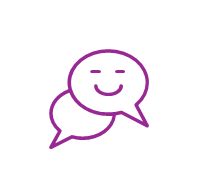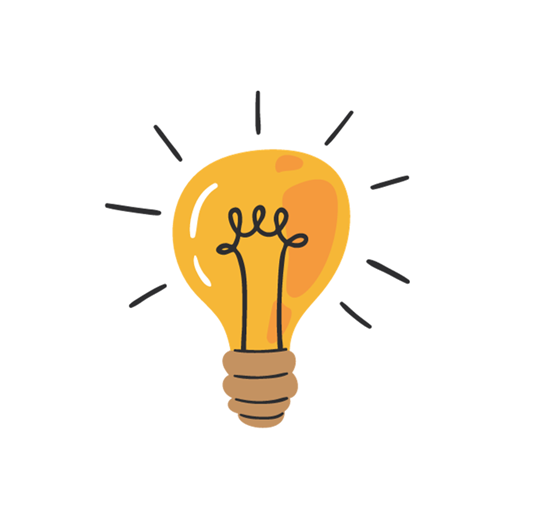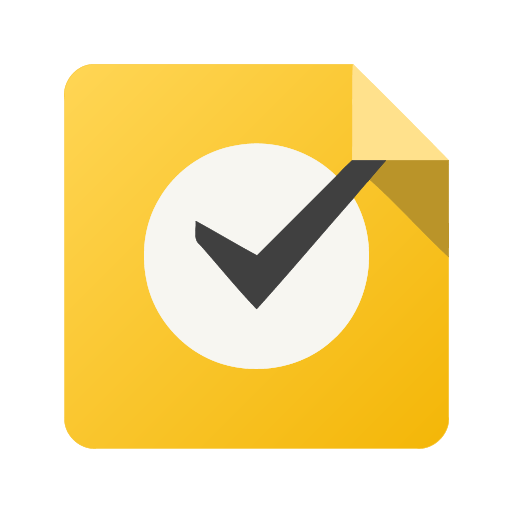The Key Concepts of Digital Infrastructures


The key objectives of this section are to:
- Explore different digital, and electronic devices and components of digital infrastructure and learn their terms.
Competencies you are developing:
- You will explore various digital devices commonly used in today's world and gain an understanding of their functions and purposes.
- You will enhance your ability to select the most suitable device to meet your needs.
 #1. Think for a moment...
#1. Think for a moment...
- What digital devices do you own?
- Do your family members own other digital devices? Are you familiar with their use and functionalities?
 #2. Digital Devices
#2. Digital Devices
A digital device is a modern electronic tool or gadget that works with digital information. These devices include things like computers, smartphones, tablets, e-readers, smartwatches, and GPS devices. They use digital technology to do many things, like communicating with others, reading books, keeping track of time, and finding directions when you're out and about.
Click plus on a picture of a device to learn what it is and what are its functions and use.
Match the pictures of the devices with their names. Drag a word and drop it onto the right picture.
#3. Which Device to Choose?
Knowing which device to buy or use can sometimes be confusing, especially with so many options available. Let's put your knowledge to the test!
Meet Barbara, Richard, and Maria. Each of them visited the electronics store today to select the device that best suits their needs. Your task is to read about their situations and recommend the appropriate device for each of them.
Choose the correct answer based on their needs and preferences.
#4. Summary
Now that you've completed all the activities in this section, here is a summary to help you solidify your understanding.
- Hardware is the physical parts of your computer or device, while software is the programs and applications that run on it.
- E-readers are devices for reading electronic books, and they often have features like adjustable font sizes and backlighting.
- Smartwatches are like normal watches but can do more, such as measure your heart rate, record your sports activities, and tell you the distance and pace you run. They usually need to work together with your smartphone.
- Smartphones are mobile phones that have more functions than just calling and texting, such as browsing the web, creating written documents, playing music, and more.
- Laptops are mobile computers that can be taken everywhere with you. They have all the same features as stationary computers (PCs), but they are smaller and have a battery so you can use them without electricity.
- GPS devices can help you find your way around by connecting to satellites and showing you maps and directions.

#5. References

